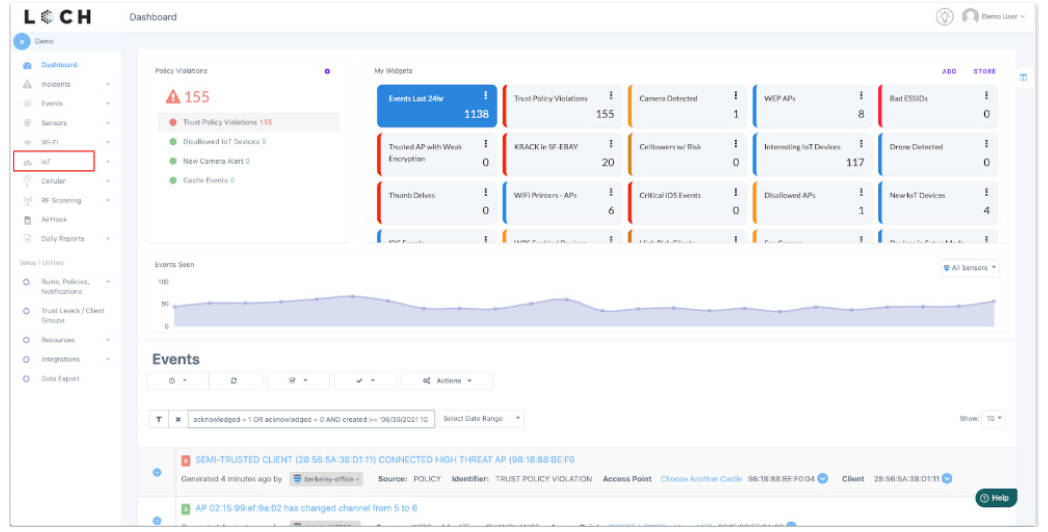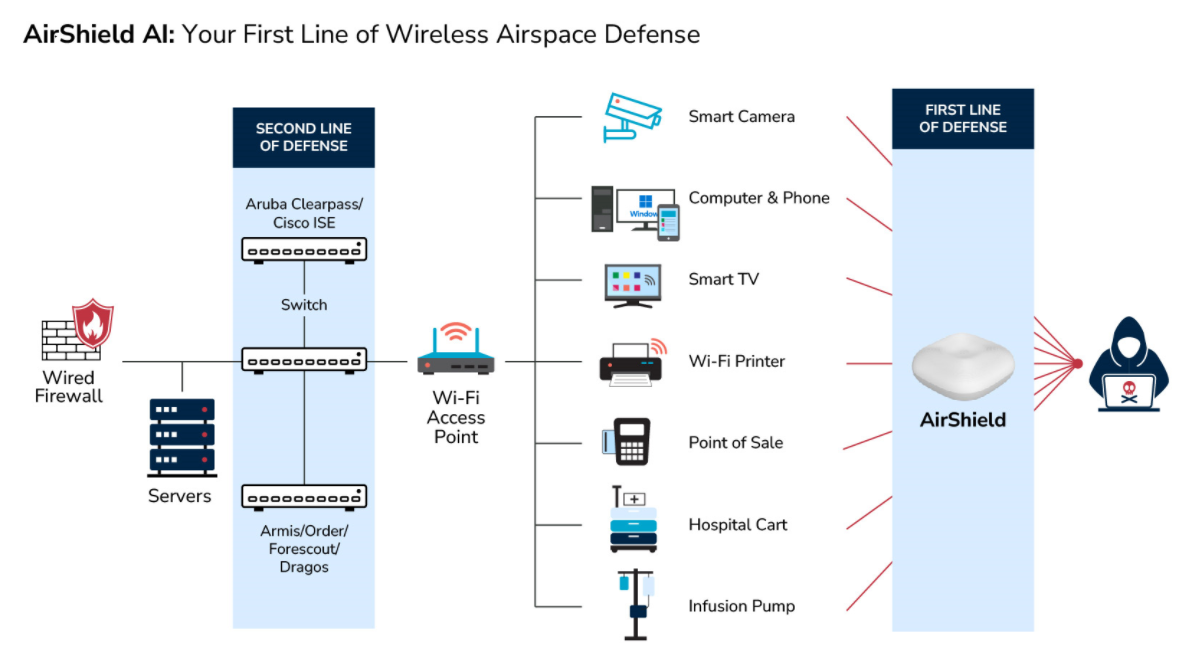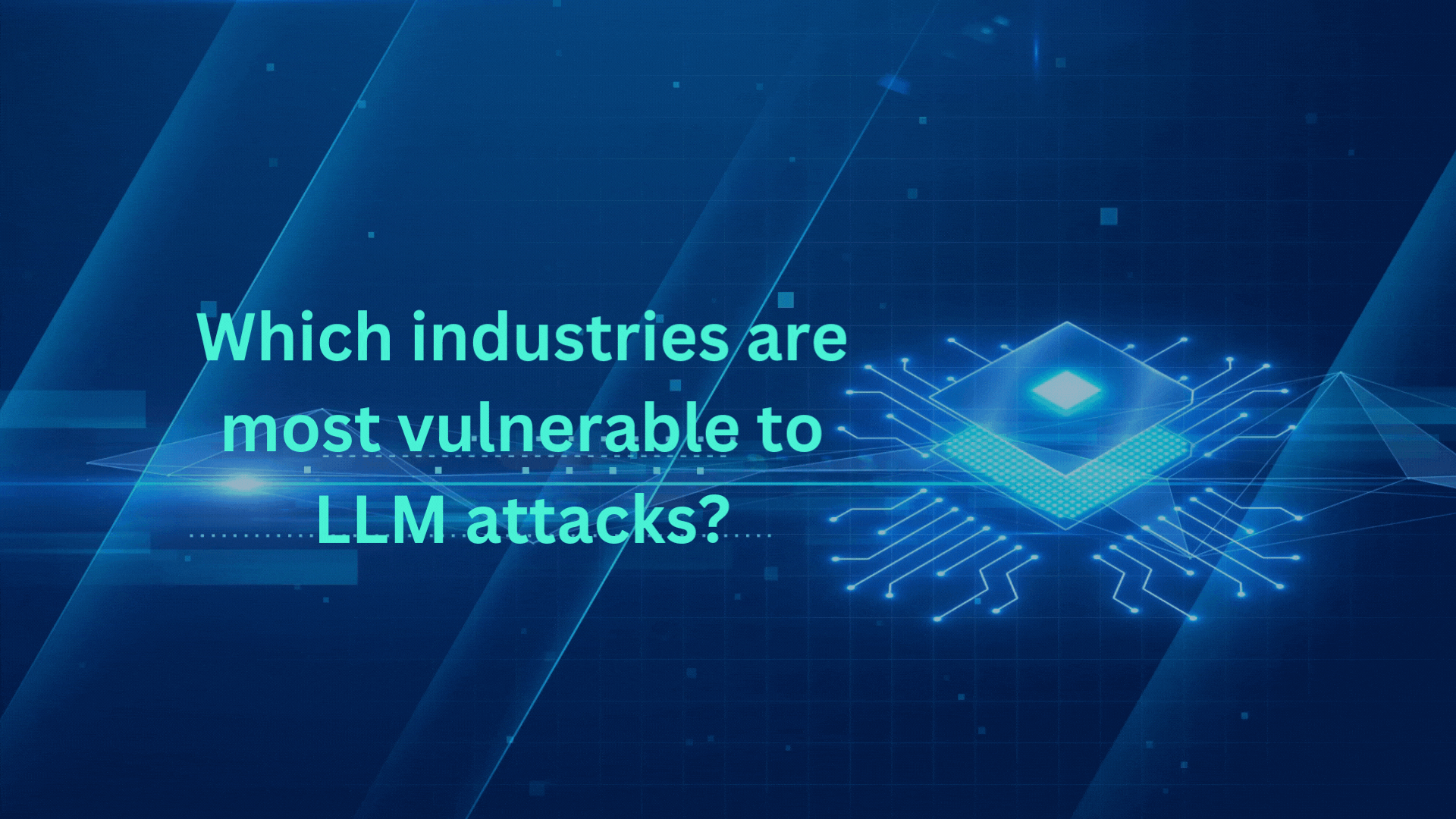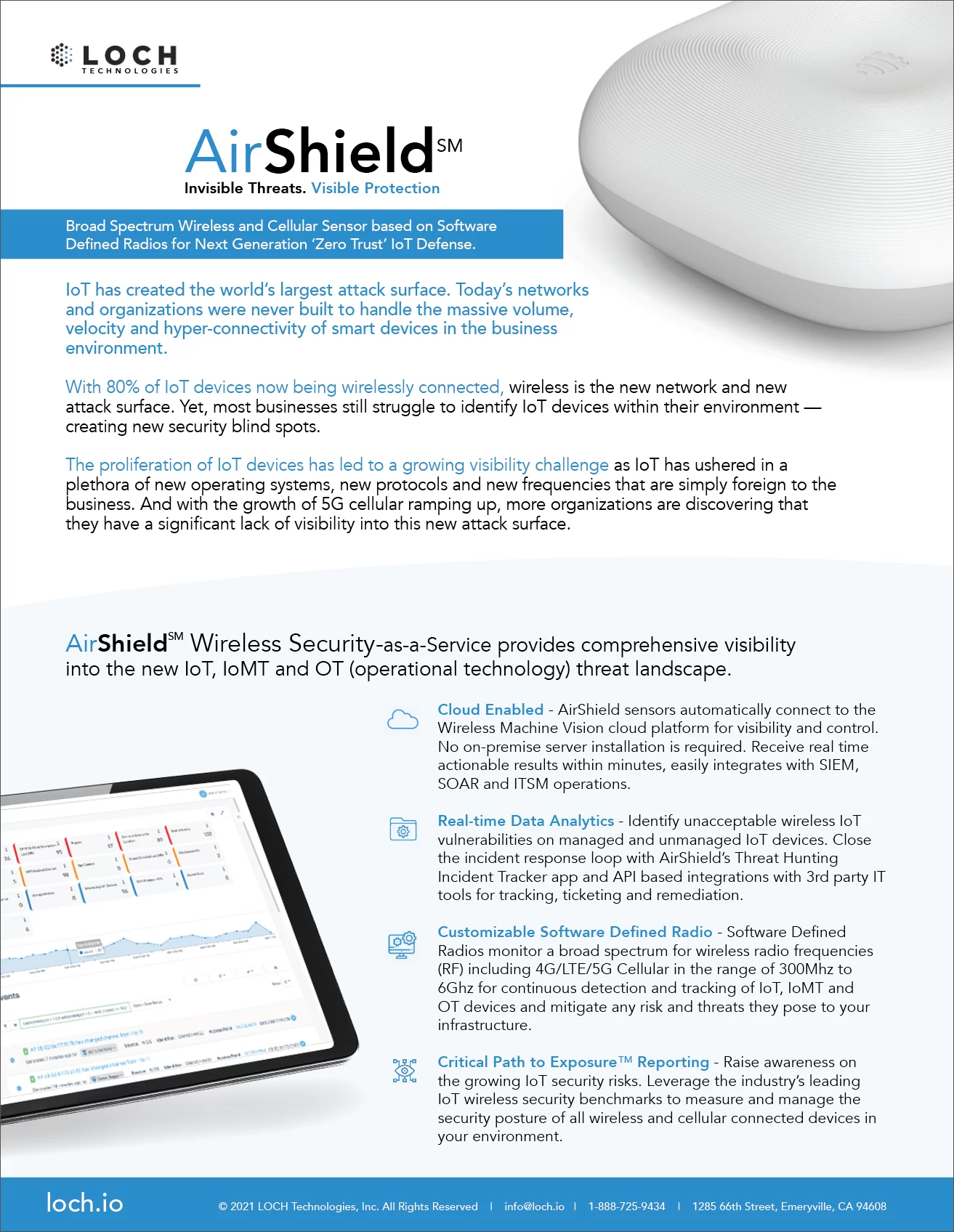
Benefits of Using an SDR for Wireless Cybersecurity
Benefits of Using an SDR (Software Defined Radio) for Wireless Cybersecurity
In today's rapidly evolving digital threat landscape, the integration of software-defined radio (SDR) into wireless security strategies represents a pivotal advancement in safeguarding against sophisticated cyber threats.
SDR technology stands at the forefront of addressing the unique challenges presented by the expanding realm of the Internet of Things (IoT) and wireless communications. By harnessing the versatility and comprehensive spectrum coverage of SDR, organizations can dynamically adapt to detection new threats, ensuring proactive and resilient defense mechanisms.
This technological innovation enables real-time threat detection, broad-spectrum monitoring, and a high degree of flexibility in responding to and mitigating risks. The adaptability of SDR to evolving threats, coupled with its capability for deep integration into existing cybersecurity infrastructures, makes it an indispensable tool in maintaining the integrity and security of wireless networks.
As we navigate the complexities of this increasingly wireless world, the SDR role in enhancing security measures is crucial and a game-changer in the proactive defense against emerging and sophisticated cyber threats.

Join Us at the Security & Policing Home Office Event – Farnborough, UK, March 11th - 13th, 2025
Read More
Creating the Next Frontier in Wireless Technology: The Critical Need for Wireless Airspace Defense
Read More
The Silent Threat of Rogue Wi-Fi Networks on Navy Ships – How LOCH's AirShield Could Have Prevented a Security Breach
Read MoreFrequency Detection Range

Software Defined Radios (SDRs) play a crucial role in enhancing wireless security and preventing high-profile cyber attacks in several ways:
Broad Spectrum Monitoring
SDRs can monitor various frequencies, including cellular, CBRS (Citizens Broadband Radio Service), IoT-specific spectrums, Bluetooth, and GPS signals. This allows for the early detection of unauthorized or suspicious activities across these frequencies.
Real-Time Threat Detection
SDRs can be programmed to identify specific patterns or anomalies in wireless signals that may indicate a cyber attack, such as unusual signal strengths, spoofed communication, or unauthorized access attempts.
Dynamic Response Capabilities
Given their programmable nature, SDRs can be quickly reconfigured to respond to emerging threats or to adapt to changes in the wireless technology landscape, ensuring continual protection against new vulnerabilities.
Identification of EMI (Electromagnetic Interference)
SDRs can detect and analyze sources of EMI, which may indicate Malicious activities stemming from compromised hardware, counterfeit products/microchips on the motherboard, creating stealthy covert communications.
GPS Spoofing and Jamming Detection
By monitoring GPS frequencies, SDRs can detect spoofing and jamming attempts, ensuring the integrity and reliability of location data, which is crucial for many IoT applications.
Integration with Security Systems
SDRs can be integrated with existing SIEM/SOAR cybersecurity systems and NDR infrastructure, enhancing the ability to detect and respond to wireless threats in real-time.
Training & Simulation
SDRs can be used for cybersecurity training, simulating various attack scenarios to test and improve wireless network defenses.
Developing Countermeasures
Once a threat is detected, SDRs can assist in developing countermeasures, such as signal jamming, encryption enhancements, or protocol changes to mitigate the risk.
Compliance & Regulation Adherence
Ensuring wireless communications comply with regulatory standards and detecting deviations that might indicate security breaches.
Forensic Analysis
After an attack, SDRs can aid in forensic analysis by providing insights into how the attack was carried out, helping to strengthen defenses against future attacks.
Wireless Airspace Defense - a new era in cybersecuriity
LOCH's AirShield SDR offers an advanced solution for real-time analysis and threat detection across various wireless deployments, including cellular, CBRS, broad-spectrum IoT, Bluetooth, GPS, EMI, and WiFi.
The AirShield Wireless Airspace Defense system delivers a significant competitive edge over fixed chipset WLAN solutions. The platform is dynamically aligned with the constantly evolving customer environment, ensuring more adaptive and responsive protection against threats.

Wireless Airspace Defense for Critical Infrastructure & Emergency Services
Broad-Spectrum Threat Detection
Utilizing an SDR (software-defined radio), AirShield can detect, assess, and mitigate a wide range of IoT threats within the 300MHz to 6GHz Spectrum. This includes LorWAN, Zigbee, Zwave, 4G/5G rogue cell towers, GPS jamming/spoofing attacks across L1 satellite connections, and threats in WiFi 2.4GHz—6GHz, including the new 6E standard to detect rogue access points and more.
Offensive Pen-Testing Features
AirShield includes capabilities for offensive penetration testing, such as WPA cracking and IP-based vulnerability assessment.
Comprehensive Wireless Attack Library
AirShield has extensive capabilities for detecting a wide range of wireless attacks from Man-In The-Middle, WPA cracking, rogue cell tower detection, and EMI power fingerprinting to prevent layer 0 attacks via the supply chain.
Cellular Device Spectrum Monitoring
AirShield continuously monitors the cellular device spectrum for UE detection using PEAK-SPECTRO(TM) - AI UE behavior fingerprinting.
Advanced Machine Learning
AirShield employs enhanced machine learning for asset discovery, classification, and behavior analysis. This is achieved through Auto Encoders, ZCODE with NGAM for Wireless Deep Packet Inspection, ensuring high accuracy with minimal false positives.
LTE Back-Haul Connectivity
AirShield uses LTE back-haul for internet access, completely independent of the production network.
External Attack Surface Management
The platform offers wired attack surface management features, including IP-based network asset discovery, OS fingerprinting, protocol dissection, open port discovery, and services, all managed from a single AirShield sensor.
Advanced GPS Detection and Reporting
AirShield decodes various satellite signals, monitors for deviations in location/time (indicating spoofing or meaconing), and reports changes in state like signal loss, lock, jamming, and spoofing. This information is presented on a centralized cloud dashboard and can be forwarded to third-party platforms via a notification and API system. The dashboard also shows epoch-based histories and the overall health of GPS AirShields.
Extensive Coverage Area
Each AirShield sensor provides threat protection for up to 25,000 sq ft.
Patented Wireless Zero-Trust Architecture
This architecture provides a robust framework for secure wireless communications.
Fake Cell Tower Detection
The system can identify and report the BTS presence of fake cell towers across 3G/4G and 5G Networks.
AirShield -AI smart sensors offer the industry's first AI/ML wireless threat detection platform for next-generation security whereby the 'unseen' invisible threats could infiltrate from layer 0, layer 1, or layer 2 - BEFORE AN IP is assigned
| What is the Response? | What is the Policy? | What is the Threat? | What is the Source? |
|---|---|---|---|
|
Interrogate target access point
|
Define rules based on observed events
|
Signature and heuristic anomaly detectors
|
Machine learning modulation detection
|
|
Isolate access point from client connectivity
|
Define a policy when rules are met
|
AI/machine learning based anomaly detectors
|
RF signal detection and collection
|
|
Physically track & remove devices with LOCH's incident application
|
Activate notification & response on triggers
|
Trust level & behavior monitoring
|
Codecs & protocol dissectors
|
Ready to protect your airspace using SDRs?
About LOCH Technologies
LOCH Technologies, Inc. is a global leader in innovative threat monitoring, detection, and mitigation.
Our cutting-edge ACS solution deliver actionable intelligence on every Device, Network, or Thing, empowering organizations to enhance their security posture and eliminate risk.
At LOCH, our mission is to secure and enable the new world of innovation driving the next generation of digital transformation. We are committed to protecting the digital ecosystem, ensuring a safer and more resilient future for businesses and communities worldwide.




















